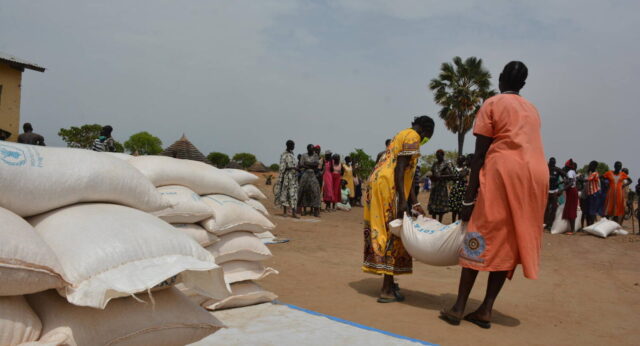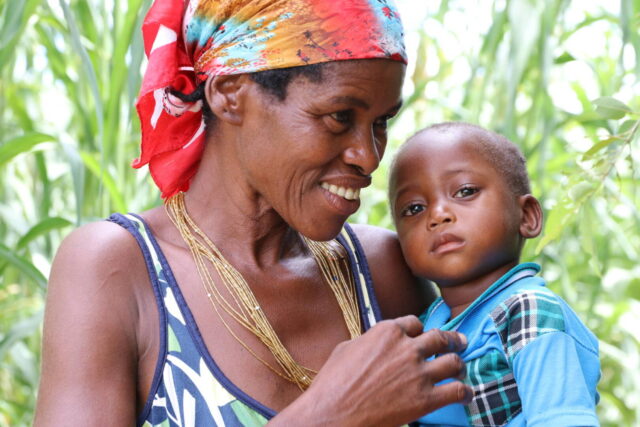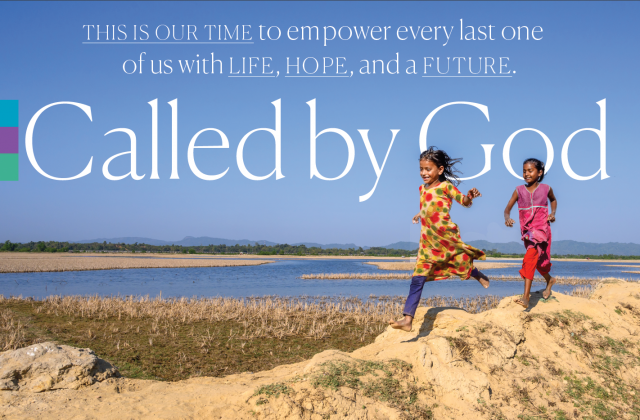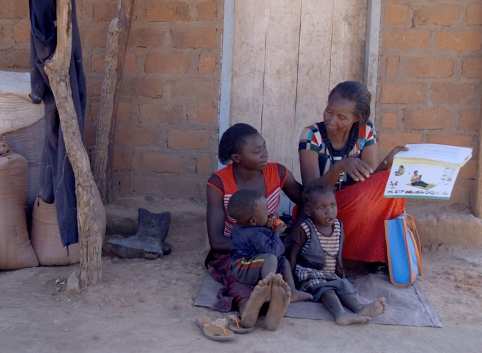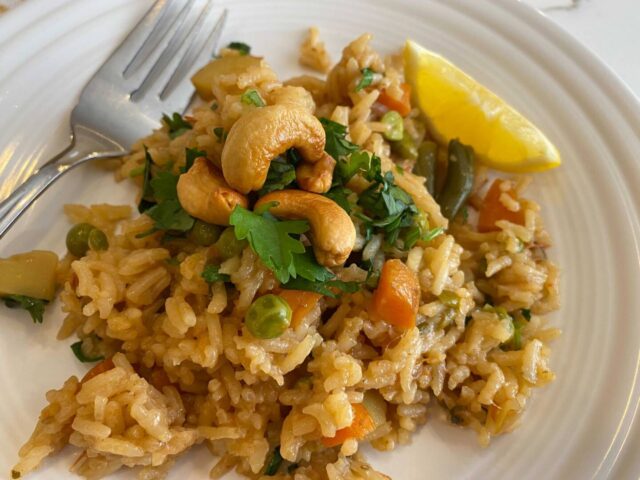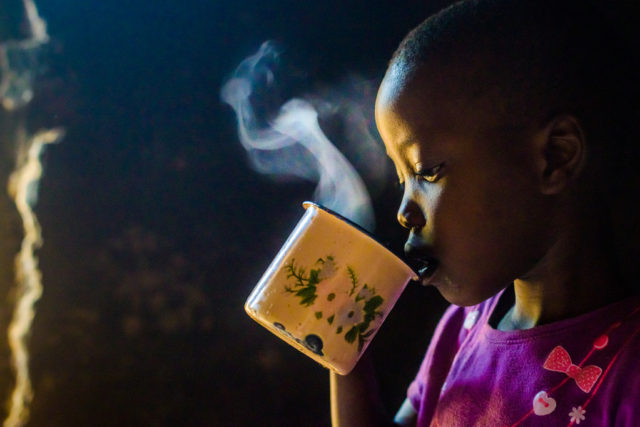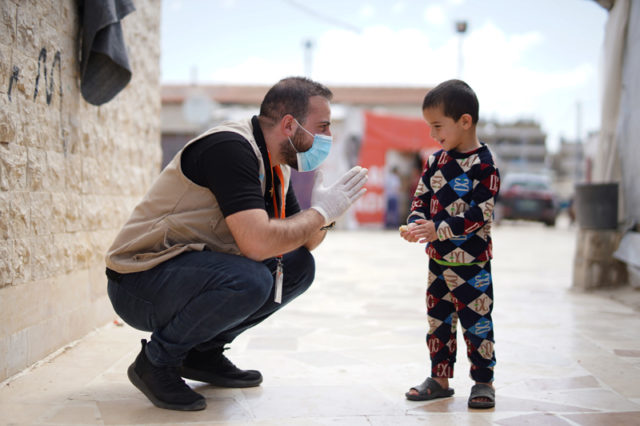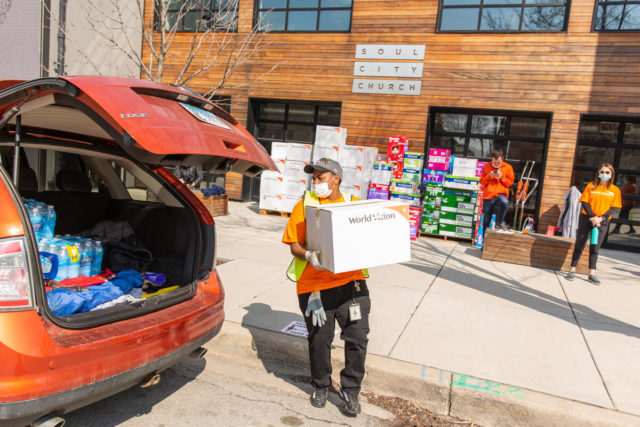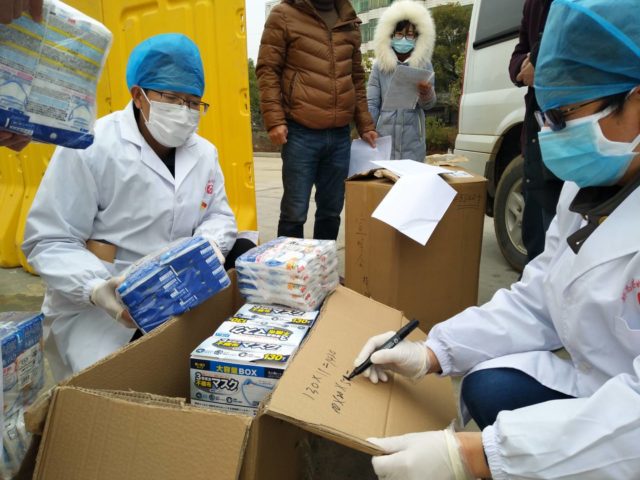Food insecurity, hunger, and malnutrition are driven by more than lack of food alone. Inadequate access to clean water, sanitation, and hygiene can intensify hunger. Conflict, extreme weather, and COVID-19 are destroying livelihoods, pushing access to nutritious food out of reach for people in need.
News & Stories
Health
Still strong, 11 years after recovering from malnutrition
When Swangirai was 11 months old, he was among 40 children to receive malnutrition recovery support through World Vision. Now, 12 years old, Swangirai remains strong and healthy.
Therapeutic food offers a lifeline to malnourished children in Angola
Drought in Angola burdens much of life. For Cordelia, it impacted her supply of food and in turn, her grandson Paulino became severely malnourished.
Called by God: The Every Last One campaign
In late 2015, World Vision launched Every Last One (ELO) — a $1 billion capital campaign over eight years to make life, hope, and a future possible for 60 million people. Explore the work that has already been done, and help us make an even bigger impact faster.
Community health workers reduce child malnutrition rates in Zambia
In rural communities, women have to travel long distances to get basic healthcare. World Vision–trained community health workers help bridge the gap and provide care as well as education.
In the kitchen: Indian vegetable pulao recipe
India has one of the highest child malnutrition rates in the world. World Vision’s helping communities there grow vegetable gardens so they have access to nutrient-rich foods. We’re also training mothers how to cook dishes that better nourish their children so fewer kids are at risk of stunting and wasting.
Natural cold and flu remedies from around the world
Discover natural home remedies for colds, coughs, and the flu — like honey — that are used to treat children and adults around the world.
Coronavirus: United in suffering, and united in responding
As the coronavirus pandemic continues, hidden heroes arise to support World Vision’s global response, which focuses on scaling up prevention to slow the spread, strengthening healthcare systems and workers, supporting at-risk children, and collaborating and advocating for vulnerable children.
Coronavirus response: Collaborating and advocating for vulnerable children
To protect the most vulnerable children from the secondary effects of COVID-19, World Vision is partnering with community groups, faith-based organizations, United Nations agencies, other aid groups, and all levels of governments. Collaboration and advocacy are not new for us, but where our community access is limited, they’re vital. That’s why they form one of four key objectives in our global coronavirus response.
Coronavirus response: Strengthening healthcare systems and workers
Everywhere World Vision works, a priority for us is strengthening healthcare systems and workers, with partnerships ranging from one-room health clinics to national ministries of health. It’s also one of the four key objectives of our global coronavirus response.
